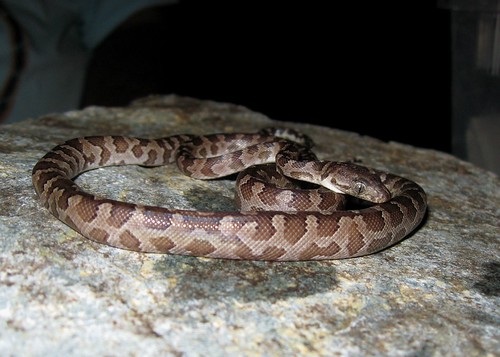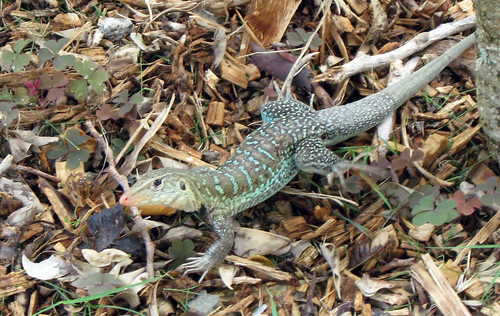Earlier in the week I spoke about rewilding generally and the fact that a lot of the more ambitious projects have by necessity been behind fences. This is for a variety of reasons, fences may keep out herbivores to let vegetation recover, or keep out introduced species which compete or prey on natives, or they may even keep reintroduced species where we need them for our and their safety.
But of course fences don't have to be made of wire, they could be replaced by big moats. Big moats like the ocean. One of the areas where rewilding has real potential is in relation to island biodiversity. Islands as Darwin noted promote speciation and as such have an abundance of localised and hence vulnerable species. Many of the world's islands have been degraded and denuded by introduced species or human behaviour but their enclosed nature holds the key to their restoration. Removing introduced mice, rats or rabbits from a continent like australia or america is almost impossible. For islands like say Gough Island or Lundy not only is it achievable, it can have disproportionately huge benefits.
This Ameiva griswoldii is highly endangered in its native antigua. Even more endangered however is one of its predators, the Antiguan Racer. This species was presumed extinct until found on Great Bird Island. With black rats removed from the island and mongooses never having got there it is reproducing handily there. Hopefully someday it won't be the world's most endangered snake and will be able to return to Antigua's main island. Perhaps we'll be able to find a way to control the invasive cats, mongooses, rats, dogs and goats and the regions wonderful native birds, snakes, small lizards and great iguanas will reassert themselves. Geography will make it possible if we care to make it happen.


No comments:
Post a Comment